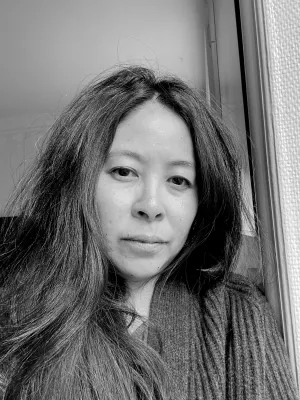
Lila Lee-Morrison
Postdoctoral fellow

The Forensic Architecture Project : Virtual imagery as evidence in the contemporary context of the war on terror
Author
Summary, in English
‘Virtual imagery as evidence in the contemporary context of the war on terror’
This paper explores the evidentiary role of virtual reproductions produced by the research project Forensic Architecture in the context of the contemporary battlefields of the war on terror. The digitization of war has created a networked landscape whose processes often remain invisible to the public. Although drone operations and the tactic of targeted assassinations by the CIA depend largely on advanced visual technologies for engagement, there exists almost no resulting visible evidence of their fallouts. Evidentiary images through the traditional medium of photojournalism are rare due to members of the media being unable to access areas of drone attacks and the highly enforced fatal risks towards local journalists who document any evidence of drone attacks. This has lead to a war waged without visual evidence thereby creating a regime of unaccountability for the human collateral damage caused by the attacks. In response to this, the team of architects, artists and theorists of Forensic Architecture piece together witness accounts of drone attacks through virtual imagery that function as a new visual form of testimony and document. This paper explores how the role of virtual image production is utilized as evidence providing for visual documents where there is none. I will look at aspects of the digital production processes of the virtual image as a new visual syntax of a documentary image. These images provide not only visibility to those who are victims of the attack but also function to create space. In reconstructing the actual places of drone attacks, the virtual imagery provides the space of articulating the perspective of those experiencing drone warfare from below. The result is a form of reverse image, which counters the production of the drone image.
This paper explores the evidentiary role of virtual reproductions produced by the research project Forensic Architecture in the context of the contemporary battlefields of the war on terror. The digitization of war has created a networked landscape whose processes often remain invisible to the public. Although drone operations and the tactic of targeted assassinations by the CIA depend largely on advanced visual technologies for engagement, there exists almost no resulting visible evidence of their fallouts. Evidentiary images through the traditional medium of photojournalism are rare due to members of the media being unable to access areas of drone attacks and the highly enforced fatal risks towards local journalists who document any evidence of drone attacks. This has lead to a war waged without visual evidence thereby creating a regime of unaccountability for the human collateral damage caused by the attacks. In response to this, the team of architects, artists and theorists of Forensic Architecture piece together witness accounts of drone attacks through virtual imagery that function as a new visual form of testimony and document. This paper explores how the role of virtual image production is utilized as evidence providing for visual documents where there is none. I will look at aspects of the digital production processes of the virtual image as a new visual syntax of a documentary image. These images provide not only visibility to those who are victims of the attack but also function to create space. In reconstructing the actual places of drone attacks, the virtual imagery provides the space of articulating the perspective of those experiencing drone warfare from below. The result is a form of reverse image, which counters the production of the drone image.
Department/s
- Division of Art History and Visual Studies
Publishing year
2015
Language
English
Full text
- Available as PDF - 61 kB
- Download statistics
Document type
Conference paper
Topic
- Political Science
Keywords
- virtual imagery
- documentary images
- war on terror
- digitization of war
- drone
Conference name
Workshop: Virtual Zones of Peace and Conflict
Conference date
2015-01-12
Status
Unpublished

